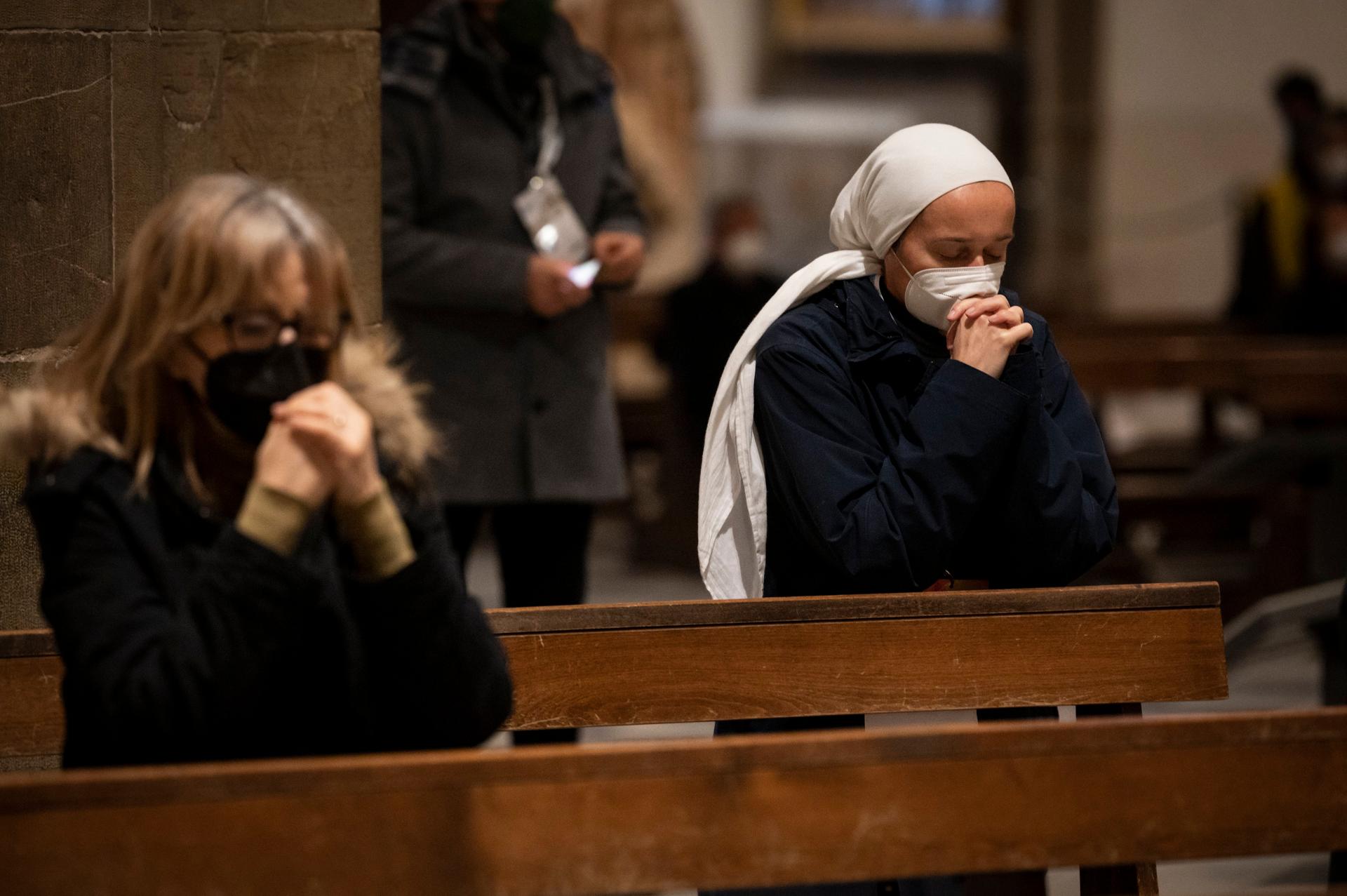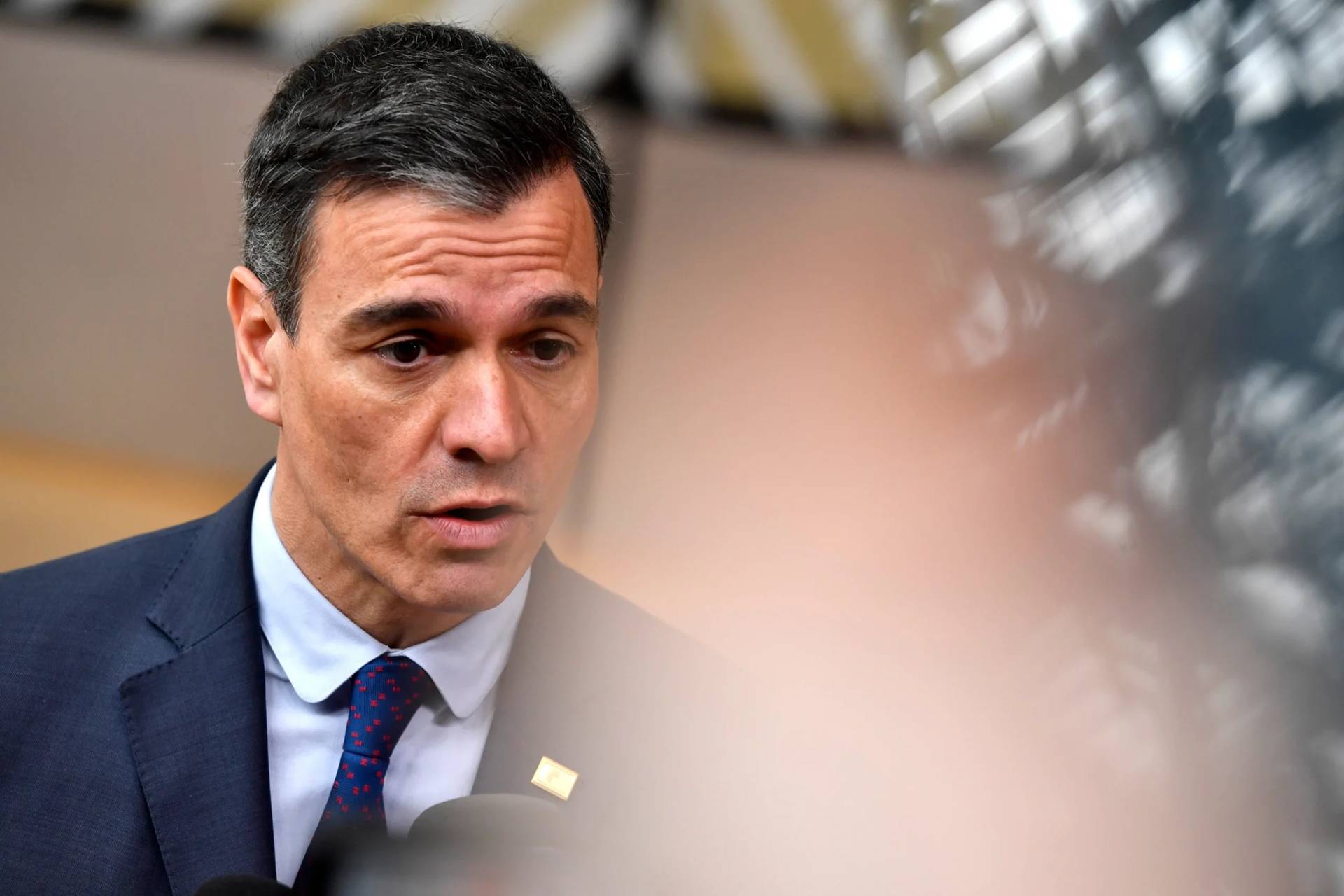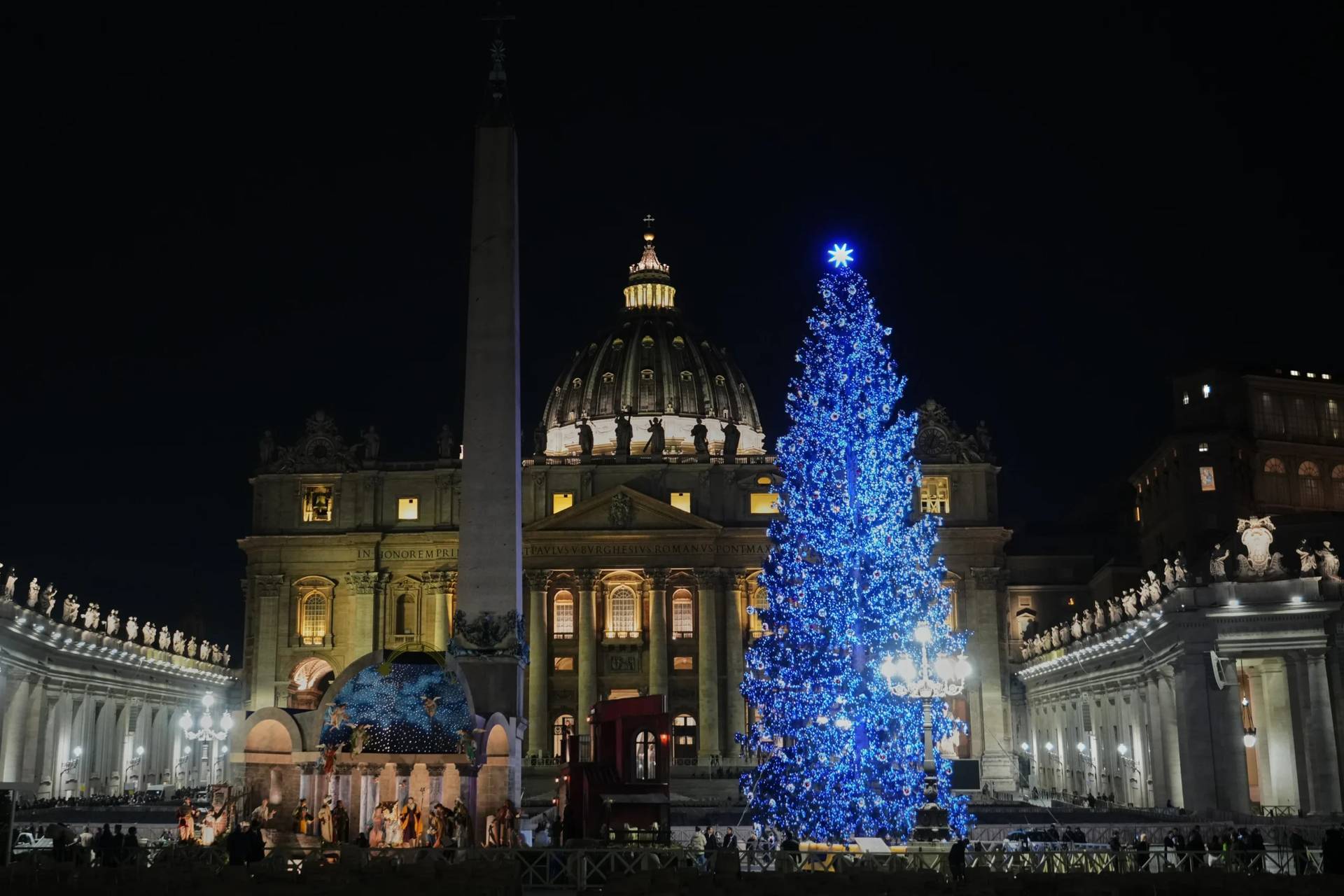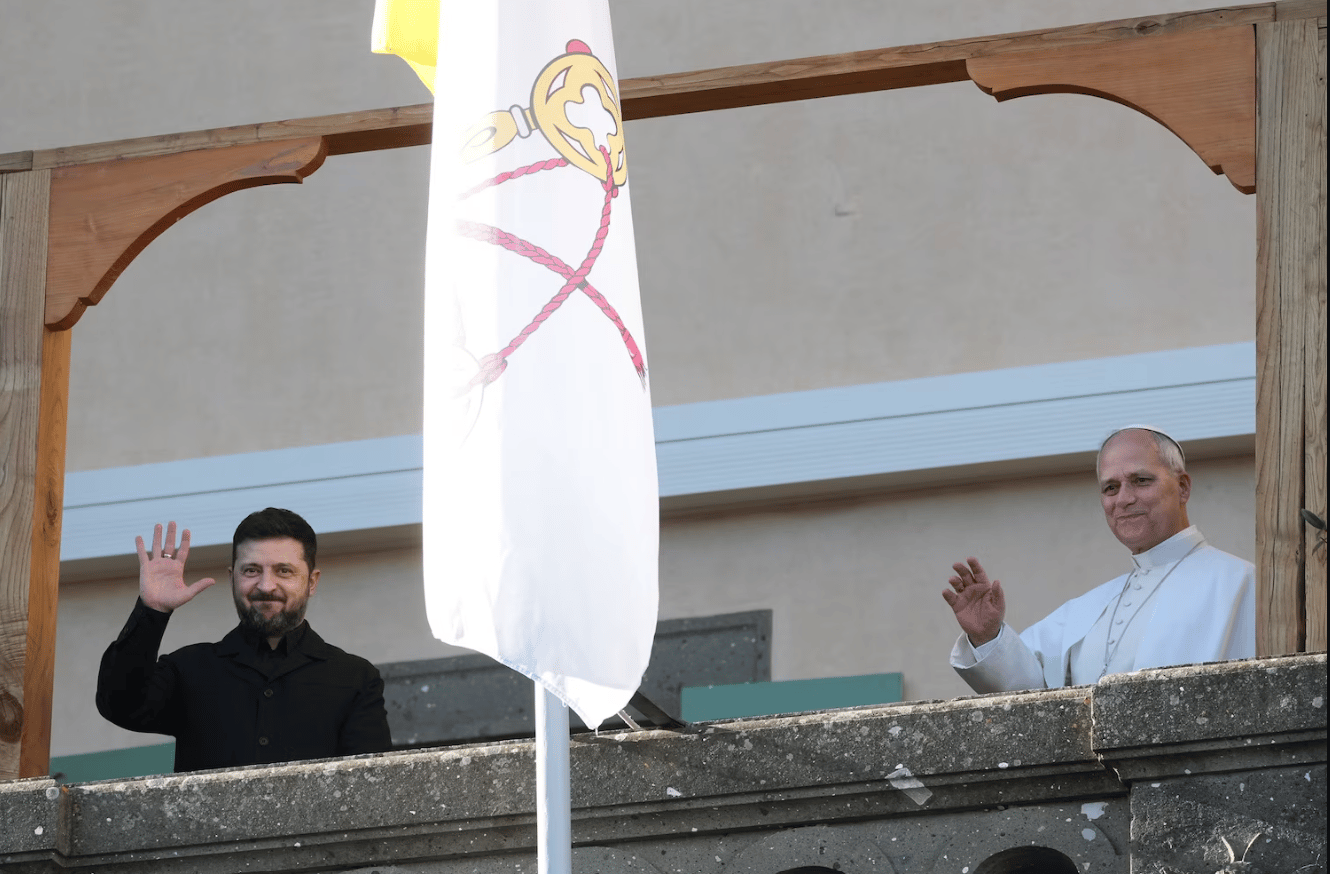ROME – As Italy ends its COVID-related state of emergency and relaxes sanitary and vaccination restrictions, the Italian bishops have also made changes to their own policies for liturgical celebrations.
Among other things, the new rules, issued March 25 by the Italian Bishops’ Conference (CEI) ahead of the end of Italy’s state of emergency on April 1, drop strict distancing requirements during Masses and appear to allow faithful to receive communion on the tongue, although this is advised against.
Across Italy generally, the public safety and sanitation guidelines, which have tightened and loosened on and off since the beginning of the pandemic two years ago, have relaxed to a more permanent extent, as roughly 90 percent of the country’s population has been fully vaccinated.
As of April 1, the so-called “Super Green Pass” proving vaccination plus two booster shots is no longer required to eat outdoors at restaurants and bars, or to take public transport, but proof of vaccination is still required for indoor events and activities until April 30. Those over 50 are now also able to work without needing to possess the Super Green Pass.
The special FFP2 mask is still mandatory for public transport and other closed-door events, and vaccine requirements for healthcare and sanitary workers, as well as those who work in education, is extended beyond the April 30 deadline.
Following suit, CEI, in its own new rules, announced that, in keeping with Italy’s general rules, masks will still be required to attend indoor Mass until April 30, when the general mandate is lifted.
Social distancing of at least three feet is no longer required inside churches, but faithful are encouraged to avoid crowding at entrances or exits when coming or going from liturgical celebrations.
Holy water fonts are still empty, and Mass-goers are still encouraged to use hand sanitizer when they enter churches. Likewise, the Sign of Peace is still suspended in the form of a handshake or kiss on the cheek, but a small gesture such as a smile or a wave is encouraged.
When it comes to communion, celebrants must continue to wear a mask and sanitize their hands before distributing the Eucharist. The new rules did not explicitly state that receiving communion on the tongue was allowed but said distribution should be done “preferably in the hand,” implying that the ban for reception on the tongue has been lifted.
A CEI spokesman did not immediately respond to Crux’s request for clarification.
At least some doors and windows must be opened during celebrations to allow the circulation of fresh air, and those with flu symptoms or who believe they might have contracted COVID-19 are discouraged from attending Mass.
Processions, a popular summertime activity in many parishes, are now allowed to take place again.
For Holy Week and Easter, the Italian bishops encouraged faithful to attend services in person, rather than watching online, and offered some specific guidelines in addition to the new rules.
Among the specific points included are requests for faithful to touch only their own palm branch on Palm Sunday, and no one else’s, and for priests who choose to include the rite of foot-washing in Holy Thursday’s Mass to wear a mask and sanitize their hands after each foot washed. The rite had been suspended during the pandemic.
Good Friday’s celebration of the Lord’s Passion will proceed as usual, but the act of kissing the cross is still forbidden. It was also asked that a special prayer “for those who suffer due to war” be added to the intentions for that liturgy.
Papal events for Holy Week and Easter are also more or less returning to normal, apart from general rules such as mask-wearing and hand sanitation.
Pope Francis will celebrate Palm Sunday Mass inside St. Peter’s Basilica and will preside over a Chrism Mass – during which the holy oils used in the church’s sacraments are blessed – Thursday morning.
The Vatican did not disclose where the pope will celebrate the Mass of the Lord’s Supper on Holy Thursday. In the past, he has celebrated the liturgy at prisons, centers for the disabled, and welcoming centers for migrants. However, for the past two years the rite was suspended due to the coronavirus pandemic.
Last year, in the absence of a public Mass, Francis celebrated the liturgy in the private apartment of Italian Cardinal Angelo Becciu, whom he had fired just a few months prior to the allegations of embezzlement.
Becciu is also currently on trial for embezzlement and abuse of office over a major real estate deal in London gone wrong, losing the Vatican millions. His second hearing, during which he will provide testimony as to his relationship with Cecilia Morogna, a fellow Sardinian and security consultant contracted to assist the Vatican negotiate hostage situations, is set for April 7.
Pope Francis will again preside over the praying of the Via Crucis at the Colosseum after leading the Good Friday service earlier that evening. Due to COVID, the Via Crucis was celebrated the past two years in St. Peter’s Square instead, but this year it has been shifted back to the Colosseum.
Francis will then celebrate the Easter Vigil Saturday night and will preside over Mass on Easter morning.
It remains to be seen whether Pope Francis will preside over each of his Holy Week and Easter commitments, or whether he will bow out and ask a cardinal to celebrate in his place due to ongoing severe knee pain.
Pope Francis was unable to celebrate Ash Wednesday Mass at the beginning of Lent and had to cancel a planned visit to Florence for a high-profile conference on the Mediterranean due to what the Vatican described as “acute knee pain.”
The pope was seen visibly limping during his recent April 2-3 visit to Malta and told reporters on his flight back to Rome that his knee troubles has made his health “a bit capricious,” and has caused trouble with walking and moving around generally. However, he said the problem “is getting better.”
Follow Elise Ann Allen on Twitter: @eliseannallen













